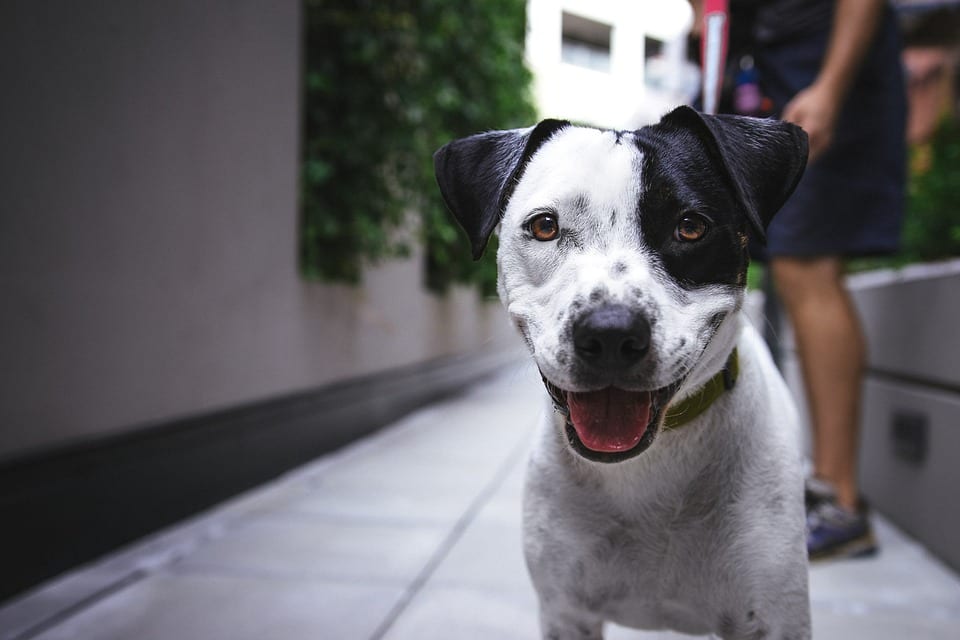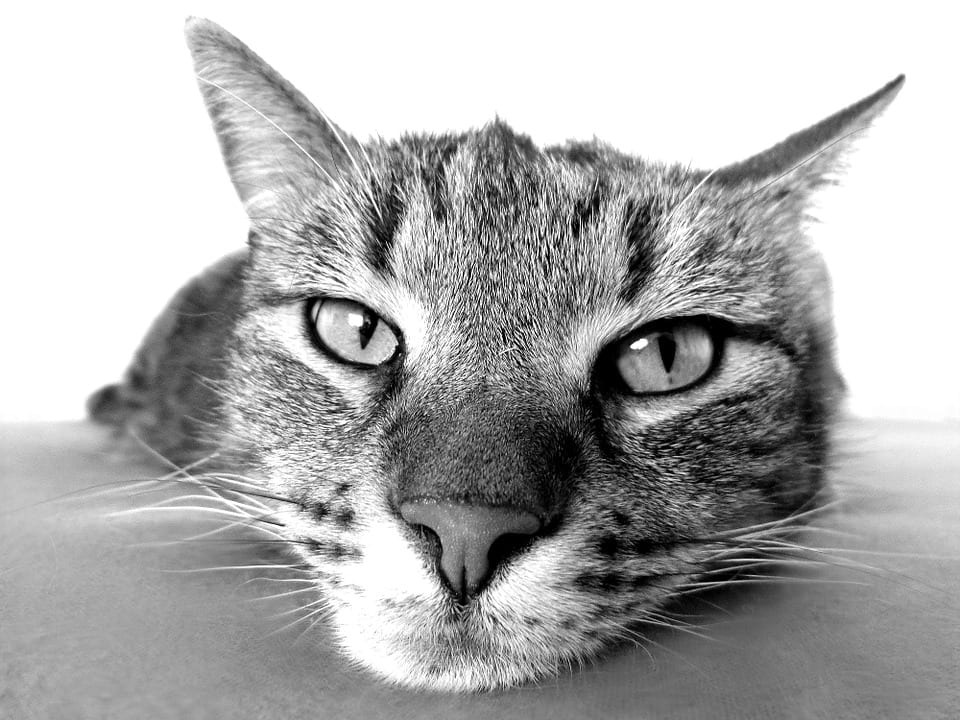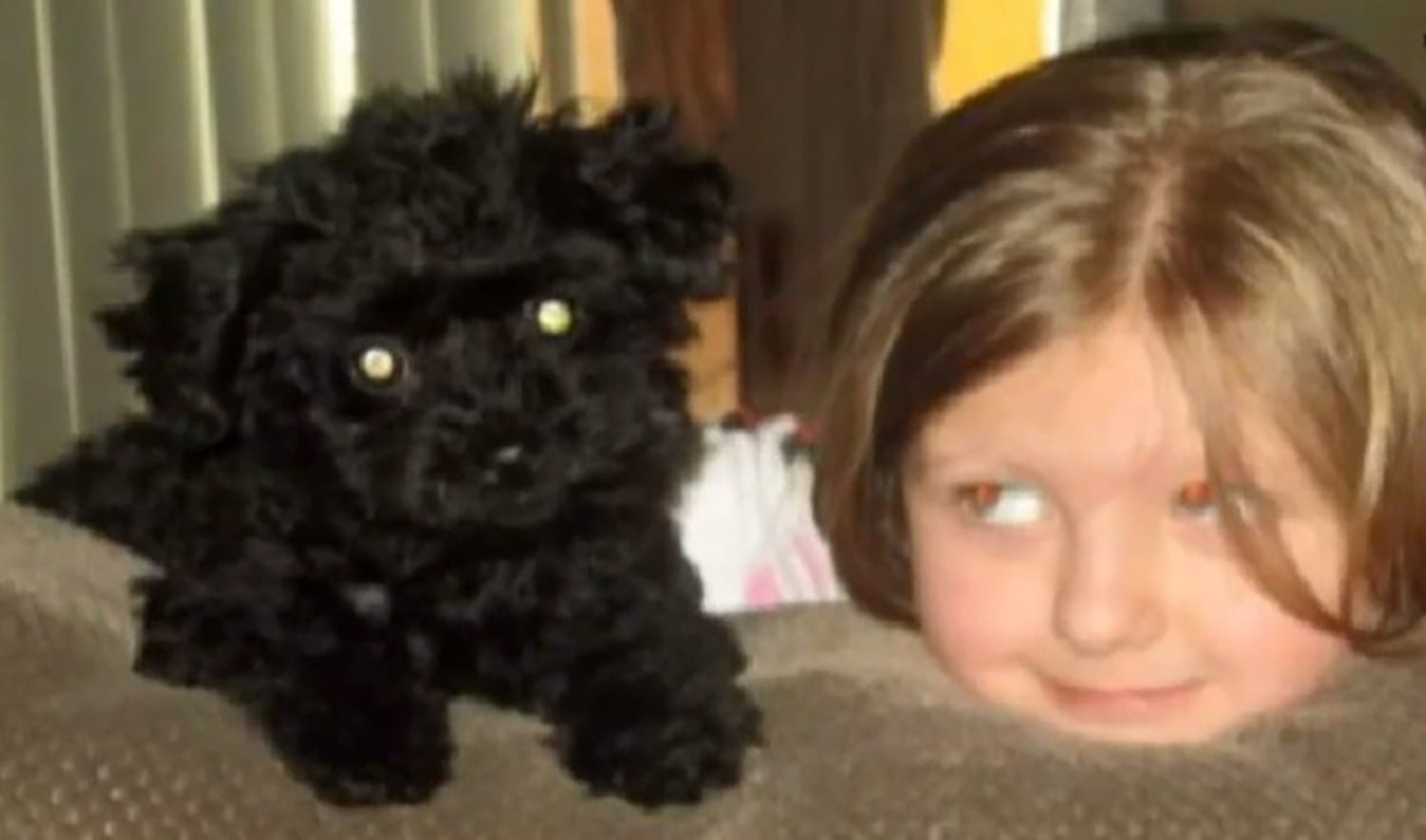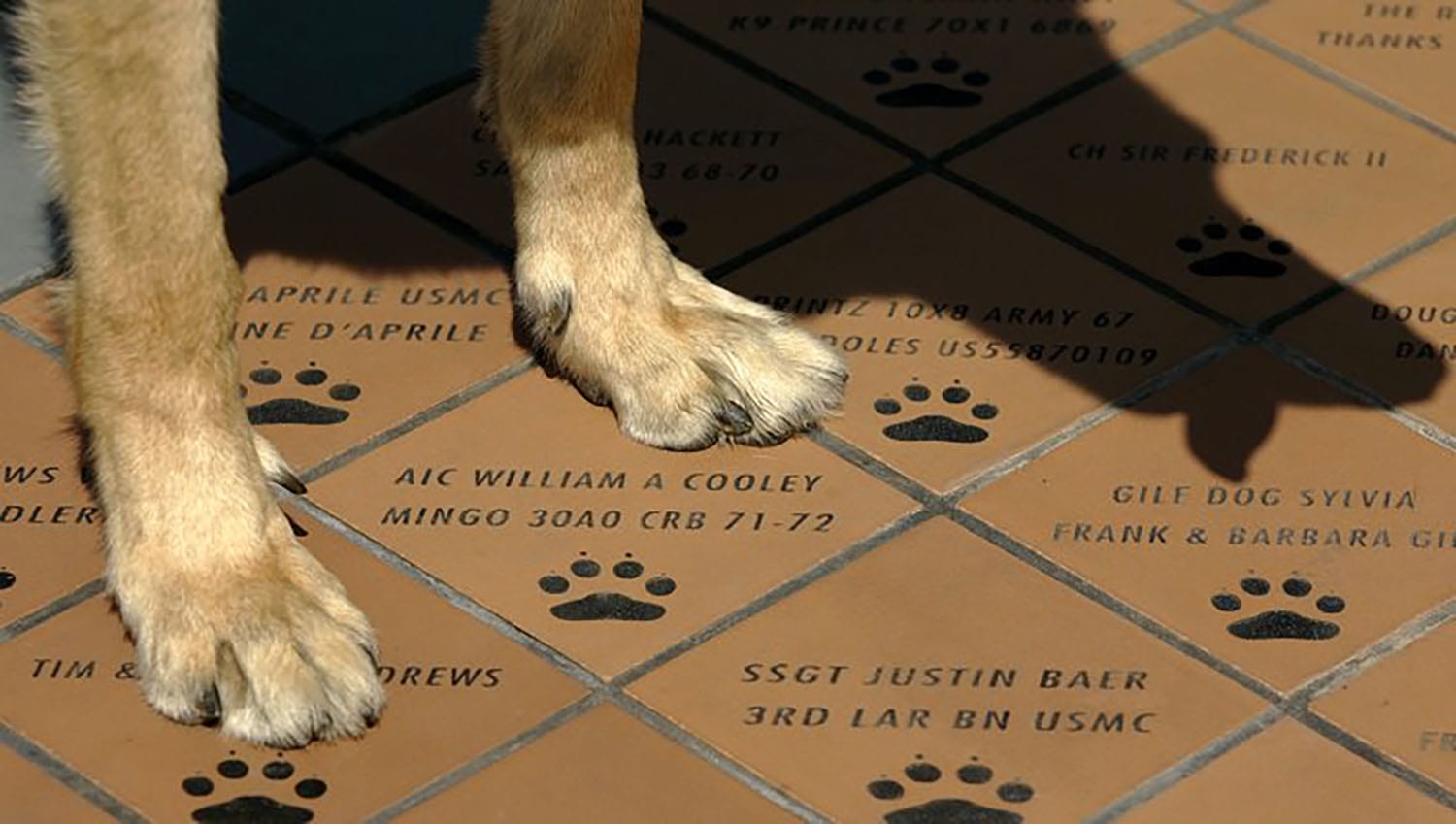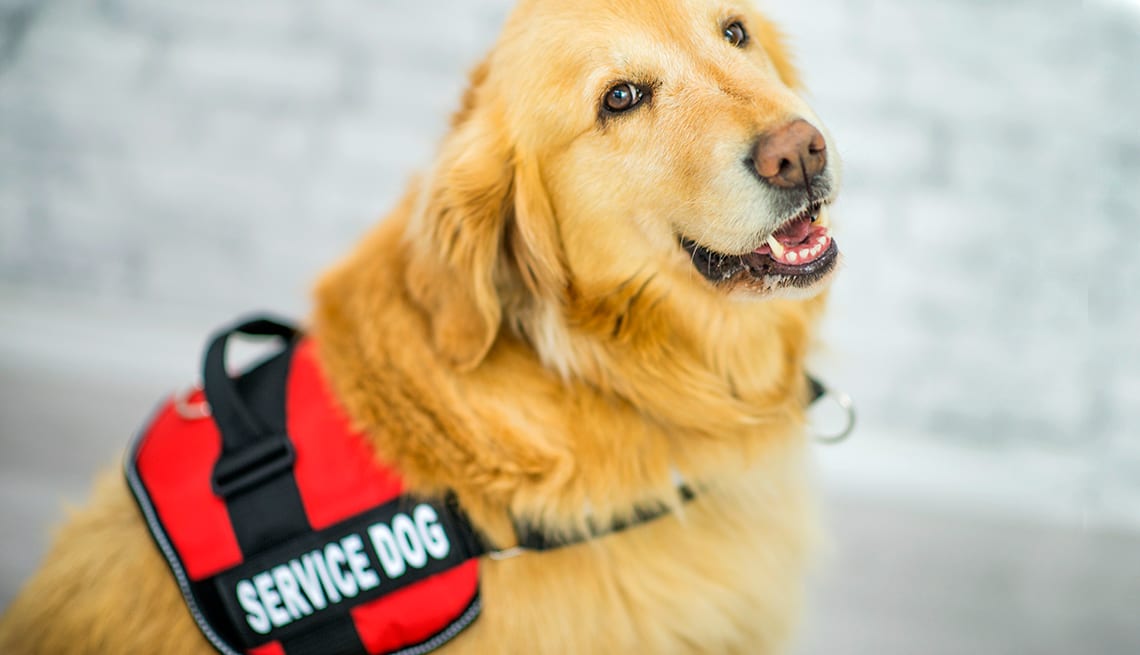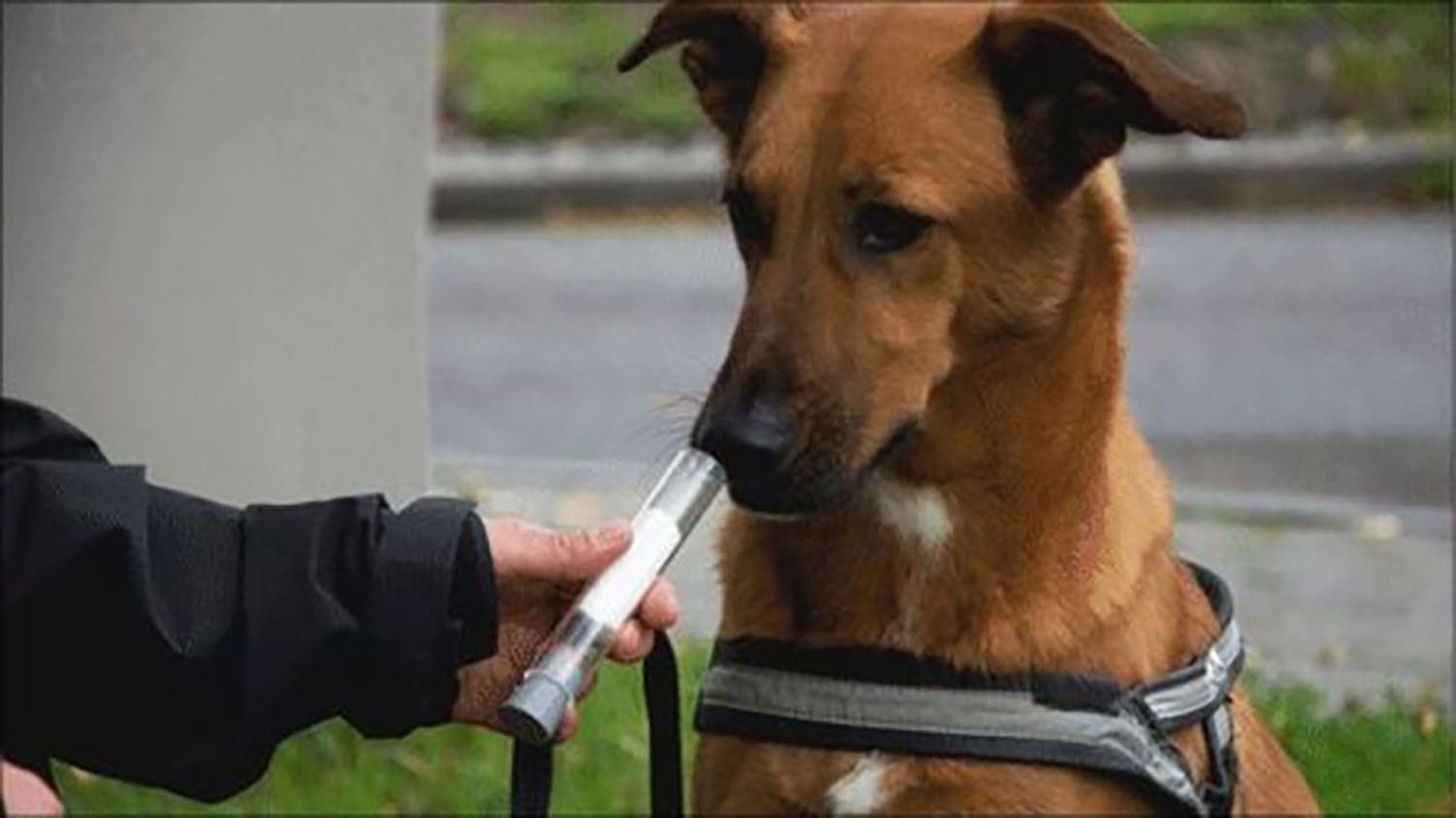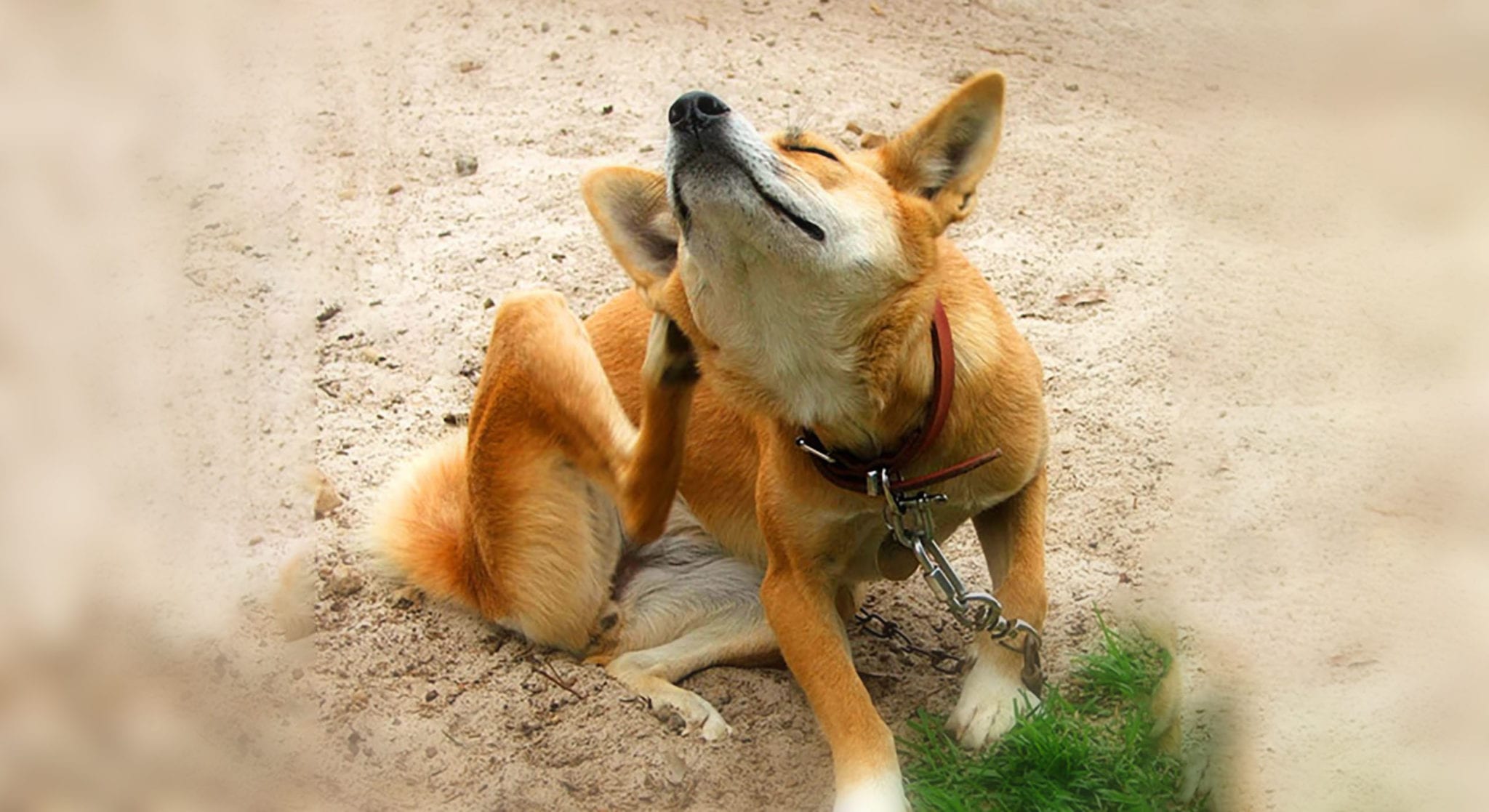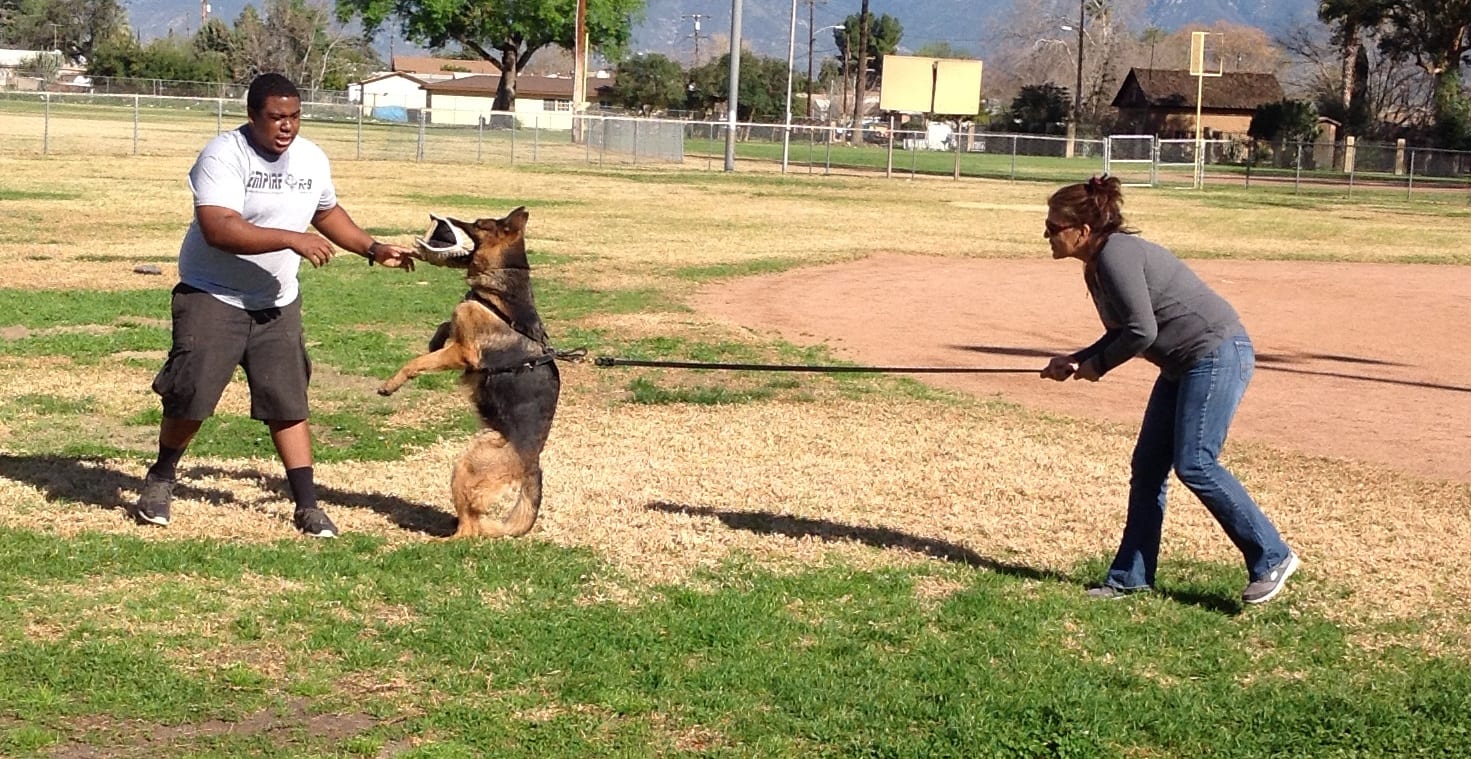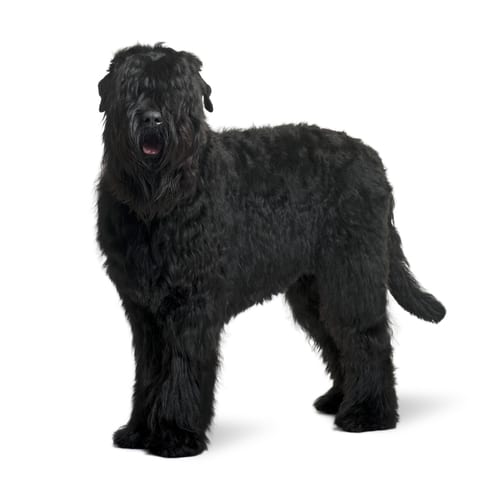 Black Russian Terrier Part 1 | Part 2
Black Russian Terrier Part 1 | Part 2
At our front desk a few of our great customers have seen and asked about our family dog, “Charli”. Charli is a Black Russian Terrier (BRT) and I want to answer as many questions as I can so I decided to write about the BRT in two parts beginning with this first part.
What anyone that knows me and ultimately my wife knows we have been German Shepherd People for decades. For me it started when the U.S. Army handed me a leash with a German Shepherd attached in a Jungle far away at the age of 19. Then years in Law Enforcement also with German Shepherds. So the change to a different breed was not easy, months of thought and research before my wife and I decided to alter our lives in that way. Charli has been with us almost six months now, it was a great decision.
The imposing Black Russian Terrier was bred to intimidate—by his size, demeanor, and behavior. BRTs were developed by the Soviet government in the 1930s to protect military encampments in wartime, as well as to patrol prisons. Though they have a fearsome past, today these striking black dogs are devoted to their families and protective of children. BRTs are calm and confident and, when off duty, they are playful and affectionate. When out in the world, they are watchful and brave, alert to signs of danger. They may consider strangers a threat, which makes socialization critical. BRTs must learn at an early age that most people and other dogs are not a threat, or they will be difficult to manage.
Black Russian Terriers are smart working dogs who need a lot of mental and physical activity to feel satisfied. If he isn’t kept busy, the powerful BRT may develop destructive habits. As long as he is treated with respect and trained with confidence, this breed will honor the chain of command in the household. Black Russian Terriers are appropriate for only highly experienced dog owners.
BREED STANDARD AND HISTORY
This is a large dog with big bones—powerful in appearance and action. BRTs are well muscled, from their thick necks to their robust fore- and hindquarters. Though strapping, their size doesn’t inhibit free movement. BRTs are always agile and swift. The breed has a noble carriage from their aristocratic head to their assertive stance. The Black Russian Terrier’s disposition is brave and confident, with a calm alertness. They don’t get carried away even in play because they are always on call to protect their family if needed.
BRTs were developed in Russia in a secret government facility known as the Red Star Kennel during the years leading to WWII. The Soviet government wanted a fearless, intelligent, rugged dog who could patrol the country’s vast borders, protect soldiers, and prevent prisoners of Stalin’s Siberian gulags from escaping. The scientists and breeders of the Kennel intermixed 17 breeds to create the BRT, including Giant Schnauzers, Rottweilers, Newfoundlands, and Airedale Terriers. The final dog fulfilled all the requirements of the breed—they were strong, brave, and attached to their masters. When WWII ended, BRTs reentered civilian life as guardians of hearth and home. They were named an official breed by the Soviet Ministry of Agriculture in 1981, and were recognized by the American Kennel Club in 2004.
GENERAL TEMPERAMENT
Black Russian Terriers are affectionate, playful, and protective with their family members. With strangers, they are reserved and watchful for signs of danger. With training—which is critical for this breed—they can distinguish between threatening and non-threatening situations. BRTs are known to be protective and gentle with the children in their family. They are proud dogs who flourish when kept active.
FAMILY LIFE
Are Black Russian Terriers Good with Kids? Black Russian Terriers are calm and protective of the children in their families. They are big, however, and are best with older children. Because they are not friendly with strangers, they shouldn’t be around kids who are not members of their family. They may misunderstand rambunctious play and come to the defense of their two-legged ‘siblings.’
Are Black Russian Terriers Good with Other Pets? Black Russian Terriers are best suited to households where they are the only pet. They may tolerate other dogs and cats with whom they’re raised, but you should never leave them unsupervised around other pets. BRTs should never live with small animals such as rabbits or gerbils because they will consider them prey.
PROTECTIVE
Black Russian Terriers were bred to be vehemently protective of their territory and their people.
Are Black Russian Terriers Good Guard Dogs? The intimidating, brawny BRT makes an excellent watchdog and guard dog. They will alert the household to danger and likely make intruders turn tail.
ENERGY LEVELS
Black Russian Terriers have a steady energy. They are calm and alert through most of the day and never hyperactive.
Specific Concerns:
- Appropriate for only experienced dog owners
- Will position themselves as the leader of the pack if allowed, a situation that must be avoided
- Wary of strangers
- Require extensive socialization and training to ensure they are easy to live with and safe with strangers
- Prone to fear aggression if not well socialized from puppyhood
- Without a purpose—agility training, obedience training—BRTs get out of sorts.
- Require exercise and training daily
- Beards get wet and drip after they drink water
- Prone to snoring


